 Perhaps the most original and unexpected modification of the biplane was a project of winged An-2E. Currently, a large number of An-2 aircraft put into storage, mainly due to the complete production engines of their resource. Given that the alteration of these machines into the an-3 is going very slowly, a group of enthusiasts headed by YV Makarov suggested that An-2 ekranoplan. This biplane box of wings is replaced by one bearing a triangular surface. This wing will allow you to fly at heights up to 5 m with the use of the proximity effect of the earth. Instead of the engine ASH-62IR a car diesel.
Perhaps the most original and unexpected modification of the biplane was a project of winged An-2E. Currently, a large number of An-2 aircraft put into storage, mainly due to the complete production engines of their resource. Given that the alteration of these machines into the an-3 is going very slowly, a group of enthusiasts headed by YV Makarov suggested that An-2 ekranoplan. This biplane box of wings is replaced by one bearing a triangular surface. This wing will allow you to fly at heights up to 5 m with the use of the proximity effect of the earth. Instead of the engine ASH-62IR a car diesel.
Read more
 The aircraft belongs to those fields of technology which are developing particularly rapidly. In a historically short period of time, speed, altitude, payload, flight range of the aircraft has increased several times.
The aircraft belongs to those fields of technology which are developing particularly rapidly. In a historically short period of time, speed, altitude, payload, flight range of the aircraft has increased several times. The aircraft belongs to those fields of technology which are developing particularly rapidly. In a historically short period of time, speed, altitude, payload, flight range of the aircraft has increased several times.
The aircraft belongs to those fields of technology which are developing particularly rapidly. In a historically short period of time, speed, altitude, payload, flight range of the aircraft has increased several times.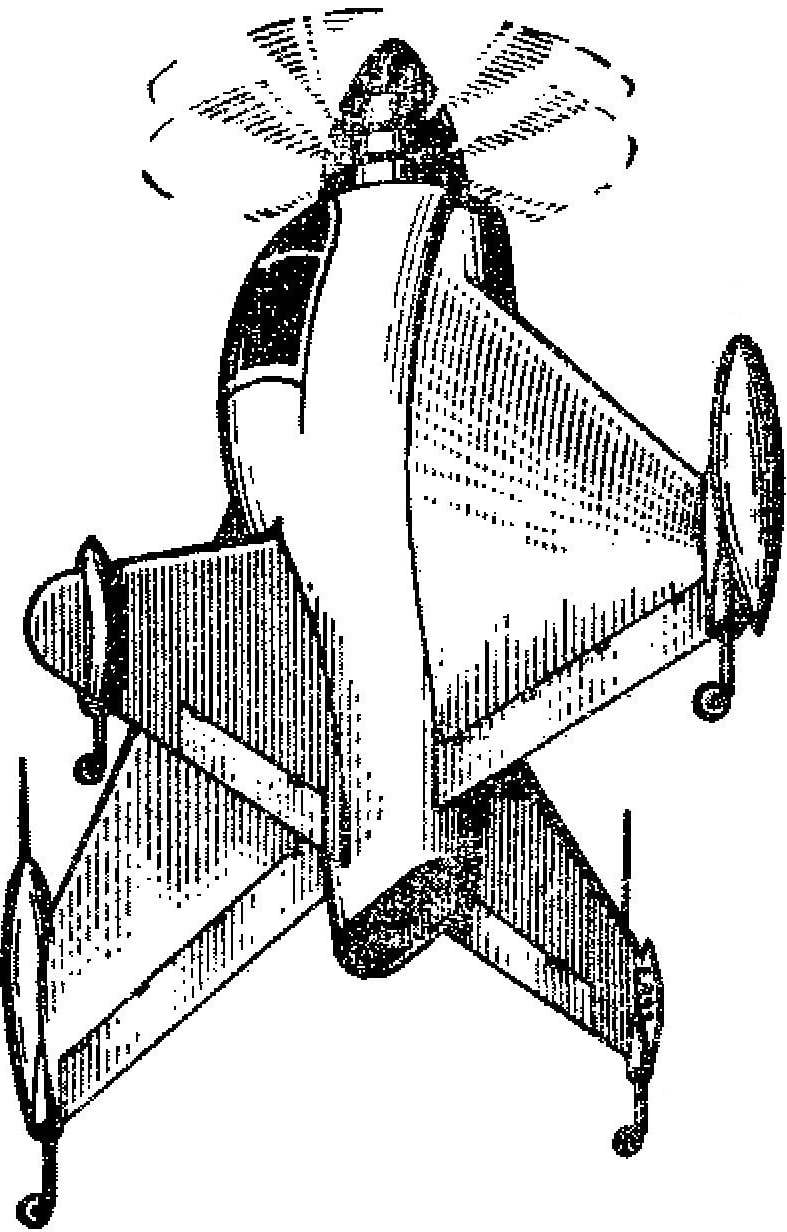

 The Il-18. When you create a turboprop airliner Il-18 took its predecessor with the same designation, but piston engines. Special attention in the design of the aircraft, the designers paid more than the full security of the flight and the high economic and operational performance. Unlike the An-10 and Tu-104, Il-18 produced according to the rules of civil aircraft — the rejection of the two-storey cabin crew has significantly reduced its volume.
The Il-18. When you create a turboprop airliner Il-18 took its predecessor with the same designation, but piston engines. Special attention in the design of the aircraft, the designers paid more than the full security of the flight and the high economic and operational performance. Unlike the An-10 and Tu-104, Il-18 produced according to the rules of civil aircraft — the rejection of the two-storey cabin crew has significantly reduced its volume.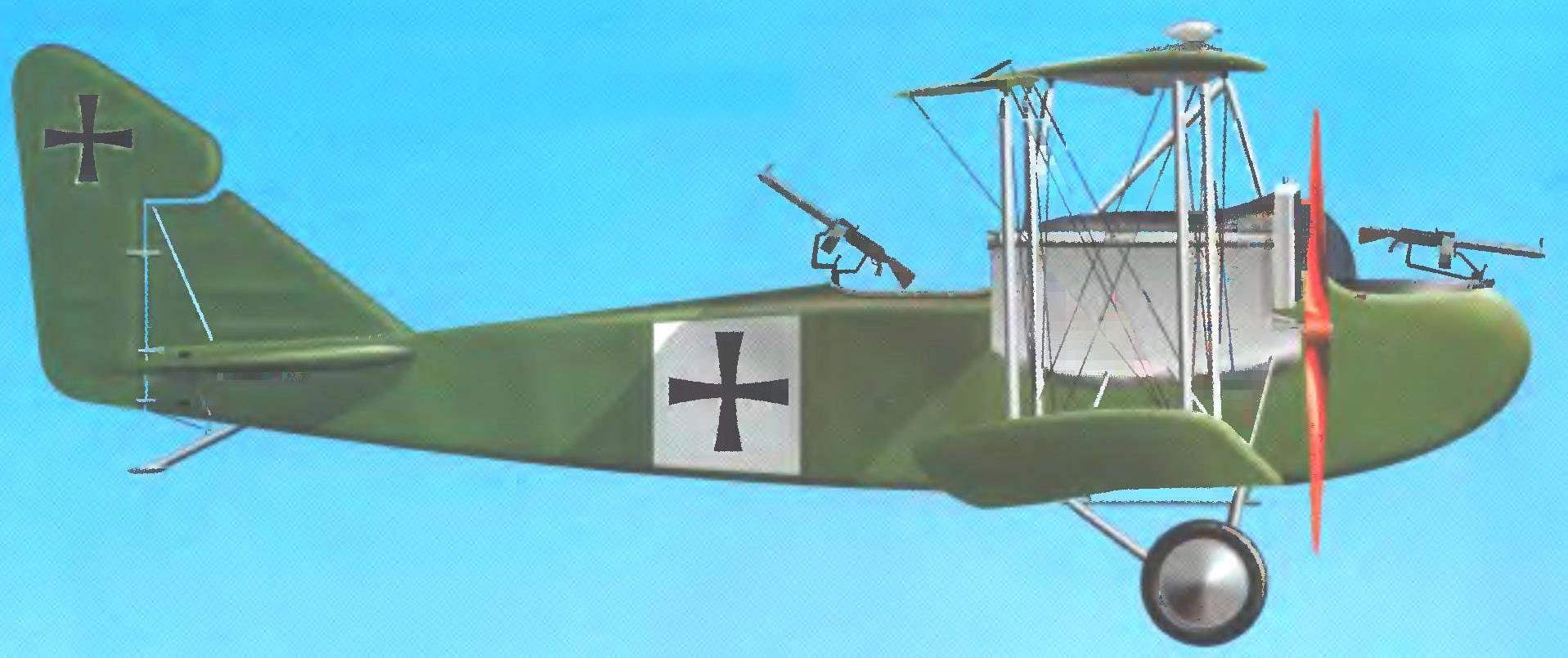
 German medium bomber AEG G. IV. On the eve of the First world war in Germany great attention has been paid to the development of the airship. Thanks to the work of count Ferdinand Zeppelin, the Germans had at its disposal a huge fleet of aircraft specially designed for carrying out bombing operations with a flight range of 8000 km and a bomb load in 9 — 10 tons. The presence of such forces determined the whole concept of the development of German aviation, which was to be the fighters, designed to protect the airships and their bases.
German medium bomber AEG G. IV. On the eve of the First world war in Germany great attention has been paid to the development of the airship. Thanks to the work of count Ferdinand Zeppelin, the Germans had at its disposal a huge fleet of aircraft specially designed for carrying out bombing operations with a flight range of 8000 km and a bomb load in 9 — 10 tons. The presence of such forces determined the whole concept of the development of German aviation, which was to be the fighters, designed to protect the airships and their bases.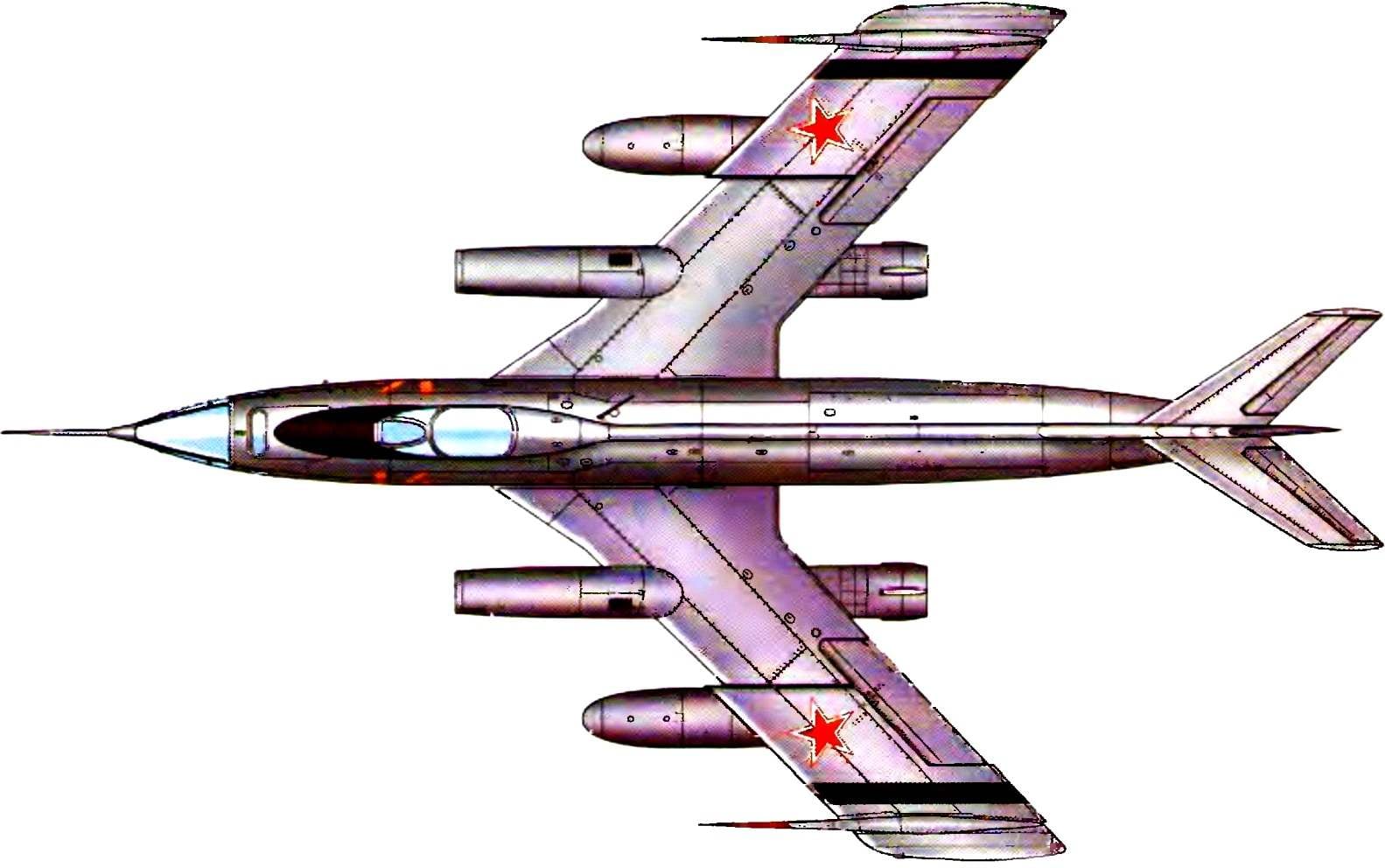
 When creating almost any plane is always a desire to expand its functionality. So, the fighter may eventually turn into a fighter-bomber, a passenger airliner into a cargo and training aircraft in the attack.
When creating almost any plane is always a desire to expand its functionality. So, the fighter may eventually turn into a fighter-bomber, a passenger airliner into a cargo and training aircraft in the attack.
 The eleventh June 1956, came a joint resolution of the CPSU Central Committee and the USSR Council of Ministers about the beginning of serial production of aircraft “C” under the designation su-7. 24 June-1 demonstrated at air parade in Tushino. The prototype was piloted by Nikolai Korovushkin. Structure of the planes was headed by Mikoyan E-2, because his design was still considered “the first fighter CB” of the country. But the real leadership was in the Dry – after all, the speed of 2M fighter Mikoyan not yet released.
The eleventh June 1956, came a joint resolution of the CPSU Central Committee and the USSR Council of Ministers about the beginning of serial production of aircraft “C” under the designation su-7. 24 June-1 demonstrated at air parade in Tushino. The prototype was piloted by Nikolai Korovushkin. Structure of the planes was headed by Mikoyan E-2, because his design was still considered “the first fighter CB” of the country. But the real leadership was in the Dry – after all, the speed of 2M fighter Mikoyan not yet released.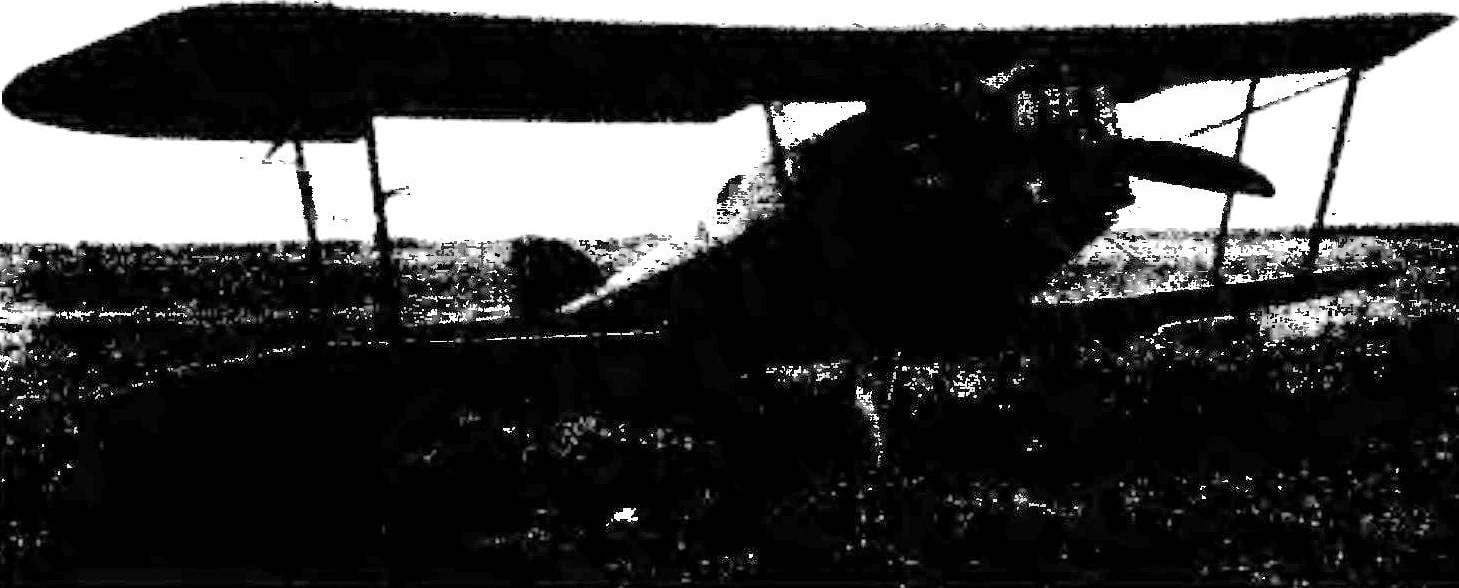
 The British firm “Martinsyde limited” received its name from the surnames of the founders — Martin and Handasyde and at first was called. Later the name for simplicity shortened. This company is interested in us because in the 1920-ies in the red Army was released it fighter F. 4 “Buzzard” (“Owl”). It was called MF-4 or simply “Martinsyde”, as other aircraft of this company in Russia is not there. The design of the vehicle began in 1916, when designers “Martinsyde” led by Hendecagon undertook the creation of a single-seat fighter-biplane. First they made an attempt to modernize the serial biplane “elephant”, but gradually withdrew from him further and further away. The new RG plane fuselage made shorter and higher, the wingspan is significantly reduced, the pilot’s seat moved backwards to improve visibility. Changed chassis and tail. The fighter was expected to feature a 12-cylinder engine liquid cooling “Falcon” power of 275 HP company “rolls-Royce” and arm 7,69-mm machine gun “Vickers”, mounted above the upper wing on the left, and a machine gun, “Lewis”, standing on the right side.
The British firm “Martinsyde limited” received its name from the surnames of the founders — Martin and Handasyde and at first was called. Later the name for simplicity shortened. This company is interested in us because in the 1920-ies in the red Army was released it fighter F. 4 “Buzzard” (“Owl”). It was called MF-4 or simply “Martinsyde”, as other aircraft of this company in Russia is not there. The design of the vehicle began in 1916, when designers “Martinsyde” led by Hendecagon undertook the creation of a single-seat fighter-biplane. First they made an attempt to modernize the serial biplane “elephant”, but gradually withdrew from him further and further away. The new RG plane fuselage made shorter and higher, the wingspan is significantly reduced, the pilot’s seat moved backwards to improve visibility. Changed chassis and tail. The fighter was expected to feature a 12-cylinder engine liquid cooling “Falcon” power of 275 HP company “rolls-Royce” and arm 7,69-mm machine gun “Vickers”, mounted above the upper wing on the left, and a machine gun, “Lewis”, standing on the right side.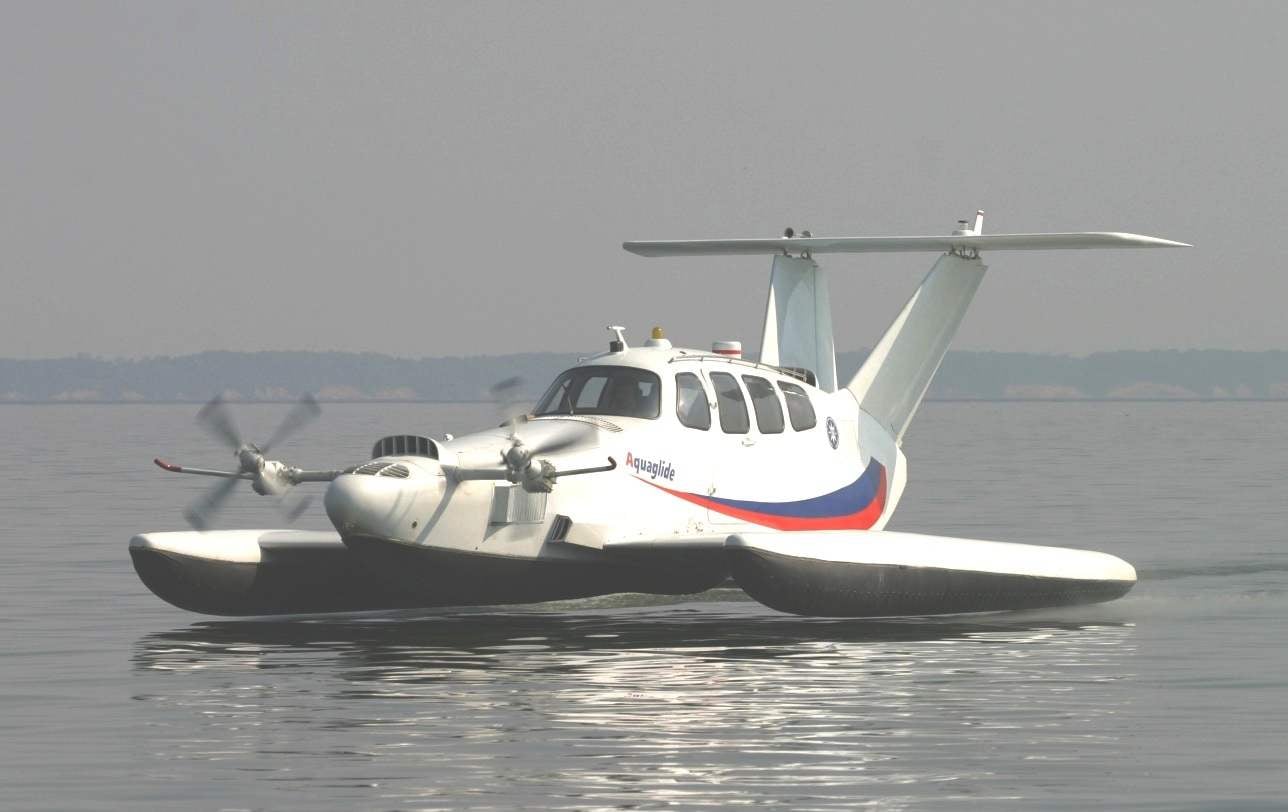
 The wig was created with the support of the “Arctic tergovernmental company” in Nizhny Novgorod. “Aquaglide-5” performed by the classical scheme of the aircraft with low-aspect-ratio wing and twin fins. To facilitate take-off unit and output on a hard surface under his wing to create a static air cushion by blowing air from two rotary propellers. About 85% of the lifting power of the apparatus is created by the wing, and the rest — due to the dynamic air cushion. This allows to automatically maintain the altitude.
The wig was created with the support of the “Arctic tergovernmental company” in Nizhny Novgorod. “Aquaglide-5” performed by the classical scheme of the aircraft with low-aspect-ratio wing and twin fins. To facilitate take-off unit and output on a hard surface under his wing to create a static air cushion by blowing air from two rotary propellers. About 85% of the lifting power of the apparatus is created by the wing, and the rest — due to the dynamic air cushion. This allows to automatically maintain the altitude.
 That was in October 1925. Just ended all-Union glider competitions in Koktebel. Among non-motorized vehicles, flown there, considerable success has and the second design assistant mechanic usernamei squadron of the air force Academy named after N. Zhukovsky, Alexander Yakovlev. Winged victory, the young designer decided to take on the matter is much more complex — to build a light sport plane, then according to the accepted terminology — the aviette.
That was in October 1925. Just ended all-Union glider competitions in Koktebel. Among non-motorized vehicles, flown there, considerable success has and the second design assistant mechanic usernamei squadron of the air force Academy named after N. Zhukovsky, Alexander Yakovlev. Winged victory, the young designer decided to take on the matter is much more complex — to build a light sport plane, then according to the accepted terminology — the aviette.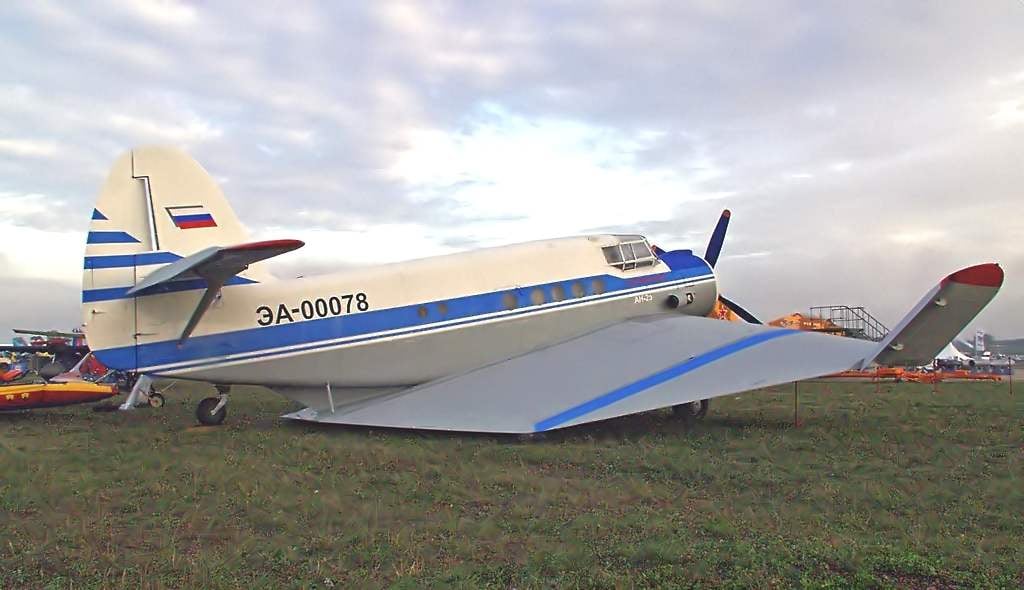
 Perhaps the most original and unexpected modification of the biplane was a project of winged An-2E. Currently, a large number of An-2 aircraft put into storage, mainly due to the complete production engines of their resource. Given that the alteration of these machines into the an-3 is going very slowly, a group of enthusiasts headed by YV Makarov suggested that An-2 ekranoplan. This biplane box of wings is replaced by one bearing a triangular surface. This wing will allow you to fly at heights up to 5 m with the use of the proximity effect of the earth. Instead of the engine ASH-62IR a car diesel.
Perhaps the most original and unexpected modification of the biplane was a project of winged An-2E. Currently, a large number of An-2 aircraft put into storage, mainly due to the complete production engines of their resource. Given that the alteration of these machines into the an-3 is going very slowly, a group of enthusiasts headed by YV Makarov suggested that An-2 ekranoplan. This biplane box of wings is replaced by one bearing a triangular surface. This wing will allow you to fly at heights up to 5 m with the use of the proximity effect of the earth. Instead of the engine ASH-62IR a car diesel.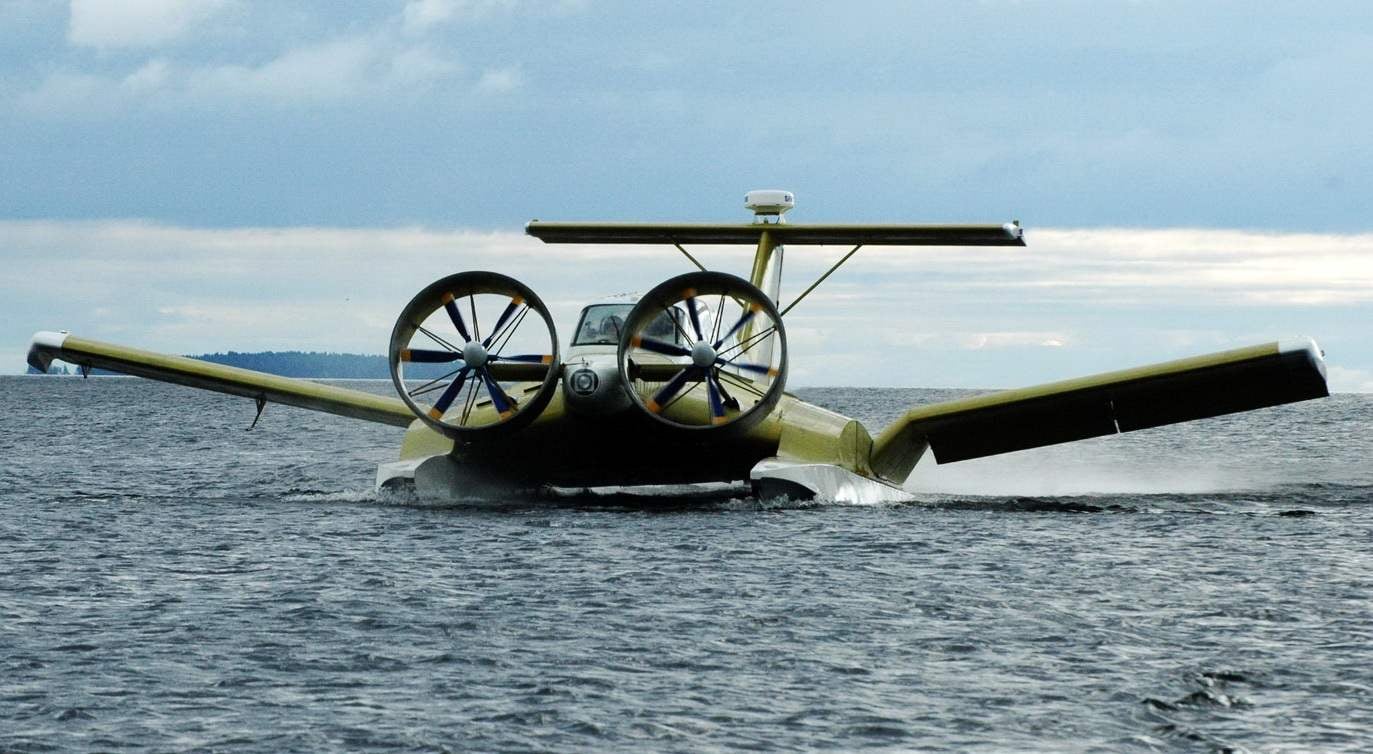
 The Russian Federation is the only country possessing the technology of ekranoplane. In addition to the giant apparatus created under the direction of R. Alekseev, developed and are small, designed for local “airlines”. An example of this is a twin-engine 10-seater airplane EP-7 “Ivolga”, created under the leadership of Vladimir Kolganova EP-7 made according to the classic scheme of the aircraft with a composite wing. On the wing of small aspect ratio located displacement hull floats and propellers in annular channels.
The Russian Federation is the only country possessing the technology of ekranoplane. In addition to the giant apparatus created under the direction of R. Alekseev, developed and are small, designed for local “airlines”. An example of this is a twin-engine 10-seater airplane EP-7 “Ivolga”, created under the leadership of Vladimir Kolganova EP-7 made according to the classic scheme of the aircraft with a composite wing. On the wing of small aspect ratio located displacement hull floats and propellers in annular channels.